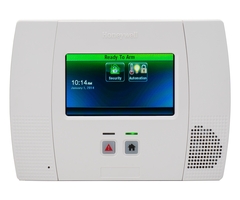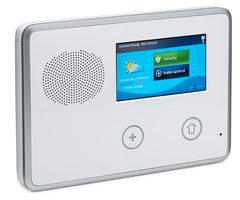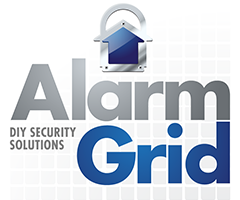Can I Add Sensors to My Home Alarm on My Own?
Yes, you can add sensors to your home alarm on your own. As long as you know the Installer Code for your system, you will be able to access zone programming and set up new sensors. You will also need to configure the settings for the sensors so that they function properly with the system.
Whenever you are setting up a new sensor with your security system, you will need to know the Installer Code for the panel. If you don't know the Installer Code, getting into zone programming can be a very inconvenient process. For that reason, we recommend keeping the Installer Code set to its default. Leaving the Installer Code for your system at its default does not present any type of security risk, and you will always be able to quickly look up the code in case you forget it later.
Here are some of the default Installer Codes:
- Honeywell Systems: 4112
- 2GIG Systems: 1561
- Qolsys Systems: 1111
Knowing the Installer Code is very important because you will need to enter this code in order to access zone programming. From zone programming, you will learn in the sensor and make any necessary adjustments to its settings. If the sensor is hardwired, it will need to be connected directly to the panel or to a wired to wireless converter, such as the Honeywell 5800C2W or the Qolsys IQ Hardwire 16-S. From there, the hardwired sensor can be programmed with the system. If the sensor is wireless, it will be recognized by the system by its serial number. Most wireless sensors can be auto-enrolled with the system for easy programming.
Upon learning-in the sensor, you will need to adjust its configurations. Some of the common configurations are outlined below:
- Serial Number: This is used for wireless sensors so that they can be recognized by the system.
- Loop Number: Many sensors are able to perform different functions. The loop number will determine which function the sensor will perform with the system. Some sensors, such as smoke and heat detectors, may be programmed multiple times with different loop numbers in order to perform multiple functions.
- Voice / Zone Descriptors: The descriptors serve as a way of naming the sensor so that you will be able to easily recognize it when it is displayed by the system.
- Device Type: This identifies the type of sensor, such as a door and window contact, a keyfob, a motion sensor, etc.
- Response Type: This determines what type of action will be performed when the sensor is activated. For instance, you may trigger an alarm on the system, request immediate emergency dispatch and more.
- Alarm Report: This will determine whether or not an outbound signal will be sent to you or the central station if the sensor is activated.
- Chime: By using the chime, you can have the system make an audible sound whenever the sensor is activated while in the disarmed state. You can also disable the chime to have the system make no sound when the sensor is triggered.
- Supervision: For wireless sensors, turning on supervision will have the system display a trouble condition if a check-in signal for the sensor is not detected for a period of time.
After you finish adjusting the configurations, you must save the changes for them to go into effect on the system. Of course, the specific steps and processes that you will follow for programming a sensor will vary depending upon the type of security system that is being used. If you are curious about programming a sensor for a particular system, we recommend using the programming guide for that system when setting up a new sensor.
Did you find this answer useful?
We offer alarm monitoring as low as $10 / month
Click Here to Learn MoreRelated Products




Related Categories
- Answered

